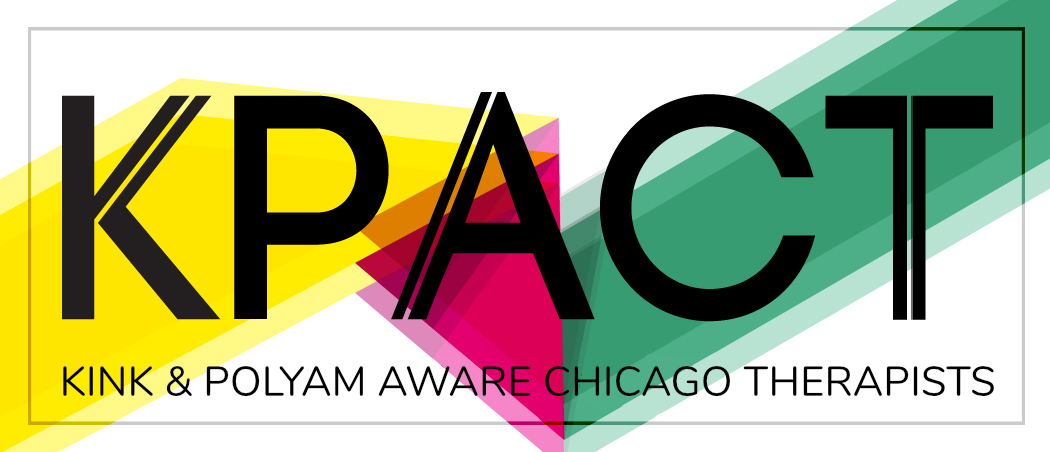 by Fawna Stockwell, PhD, BCBA-D
by Fawna Stockwell, PhD, BCBA-D
Fawna Stockwell is the Director of Research and Programs at Upswing Advocates, a Chicago nonprofit organization that provides sliding scale coaching, groups, trainings, and research opportunities that focus on the LGBTQIA community. Fawna is also the Associate Director of Research in the Applied Behavior Analysis department at The Chicago School of Professional Psychology’s Chicago campus.
Clients want to make progress in therapy, but sometimes it can be difficult to know where to start. Perhaps your client has a sense of how they might want things in their life to change, but no concrete goal. Or if they can state their therapy goals, it’s clear that they aren’t moving toward them right now. As we all know too well, simply wanting to accomplish something or knowing a habit is good for us isn’t always enough to get that pattern going. Here are some tips to set your client up for success and put them on a manageable path toward meeting the goals they value.
Help your client get clear on what they value in life
Without clear values, it can be hard for clients to know what therapy goals to work toward, or why it might be important to keep moving toward a particular goal. You can provide a space for the client to explore what feels personally meaningful to them. What are they hoping to move toward? Values clarification work can be helpful because it provides a concrete reason to keep working toward a goal even as they encounter challenges and unpleasant emotions along the way. Values are flexible, and up to each individual; they should be based on what is important to the client, and not only what is important to the people in the client’s life. In some situations, it may make the most sense to start with a value and generate a goal in the service of that value, and in other cases, one can begin with a stated goal and explore the value(s) that might be behind it.
Make the goal concrete and break it down
Where does the client want to end up in the long run? The answer should be observable and measurable, so that it will be clear when the goal is reached. Goals can specify a level of performance, like becoming fluent in American Sign Language, or an end result, like getting accepted into a college program.
When thinking about the terminal goal and the behaviors that will move the client toward the goal, it can be useful to use “the Martian test” (Goldiamond, 1974), which asks whether progress will be observable to an outsider. For example, if a client states that his goal is to be a more caring parent, an outside observer may have difficulty noting when this goal is met because it’s so subjective. Instead, the goal could be reworked to include directly observable events and behaviors, such as spending at least 3 evenings per week interacting with his children without any distractions (e.g., laptop, cell phone, TV, etc.).
Once the terminal goal is clear, the next step is to break it down into a series of concrete, manageable steps. When asking what subgoal comes first in a sequence, the answer is it depends. The order may be straightforward (e.g., the first subgoal of jogging for 5 min once in a week, if the terminal goal is to run a marathon), or there may be some flexibility (e.g., when planning a vacation, you could reserve either a car or a hotel first). When possible, it is best for the client to start with a subgoal that’s easily met to build momentum. Remember, many brief practices are better than fewer long ones.
Maximize the positive, and think about the “why”
When clients have therapy goals that involve reducing or eliminating certain behavior patterns, it is important to also help them identify a functional replacement behavior. This replacement behavior should allow them to obtain valued consequences in less costly ways. For clients with harmful coping skills, it’s important to provide them with new, more workable coping skills to use instead.
Check out the current landscape
Assess where your client is at right now; do they have any skills, resources, or social supports that will help them in moving toward their goal? Can the client share with you any past victories that might hold clues to strengths that can be capitalized on in the present? For example, a client may want to start exercising again and was able to work out regularly a few years ago with a gym buddy, but that fell through when that friend moved away. Based on this information, they may be able to re-create a system in the present that’s similar to the one that worked well in the past.
Pick what you want to track, and how
If we rely on memory to track behavior related to therapy goals, it can be easy to over- or under-estimate how often something happens, or to forget whether something happened altogether. To avoid this, you can work with your client to decide on a user-friendly way to track their behavior. There are all sorts of tools for tracking behavior, including paper data sheets, phone apps, handheld counters, and timers, but the most important thing is to pick a behavior tracking system that the person will actually use. If a client tries out one system without success (if the person doesn’t use it or it’s too complicated to use correctly), try something else! The daily counts that get recorded can then be used to create a visual picture of progress (a graph or chart). By using a visual display, it’s possible to see the rate of progress, it can help us to see when something isn’t working so we can try something else, and it can provide clues about why certain “good” or “bad” days (outliers) might have happened so that this information can be used strategically to maximize progress moving forward. Monitoring behaviors daily can also motivate a client to action.
Selecting a strategy: is it a CAN DO, a WANT TO, or a KNOW HOW challenge?
There are all sorts of reasons why people don’t do what they set out to do. First, your client may be lacking what is physically needed to do meaningful work toward their goal (a CAN DO challenge). For example, it’s hard to submit job applications electronically without access to a computer and an internet connection, no matter how dedicated someone might be to finding employment. To solve a CAN DO challenge, you can work with the client to figure out what things in their environment are missing or acting as barriers to being able to work toward their goal, and then, brainstorm potential solutions.
Your client may be experiencing a WANT TO challenge…in these situations, they could take action, but what’s the point? Perhaps the desired pattern isn’t incentivized, perhaps there’s another behavior that leads to more rewarding outcomes, or perhaps the desired pattern is even penalized (think about how exceptionally hard-working employees often get “rewarded” with more work!). Potential solutions to address this type of challenge can involve changing the context so the task is less aversive, or recruiting a friend or partner to act as a contingency manager: someone who can help to make sure that access to valued consequences is linked to completing the goal-related behavior. For example, in the case of a client who watches Netflix so much that it gets in the way of their coursework, that client could give a friend access to their Netflix account and set up a system where the friend will only provide the Netflix password once the client shows evidence that a certain number of assignments have been completed.
Finally, not being fluent in certain skills can create a KNOW HOW challenge. Some goals require practice, feedback, and tailored instruction to build the skills needed to succeed. Another KNOW HOW solution could be as simple as finding a job aid to reference while completing tasks rather than the client creating something from scratch, or posting a checklist of key steps in a task to ensure they are all completed correctly every time.
Plan for the long-term – Fluency is the Gold!
Even after the terminal (or identified) goal is met, it’s important to continue tracking the behaviors involved to make sure that they continue to occur over time, in situations that are beneficial for the client, with the goal of fluency in mind. To say a behavior is fluent means that the client can perform it “automatically,” with a high level of accuracy and at a frequency that allows them to use it when they need it. Fluency can be thought of as true mastery, and means that the client will be able to retain the skill throughout the future (maintenance), show the skill over long stretches of time without fatigue (endurance), perform it even in distracting environments (stability), extend it into new situations where it’s needed (application), and combine it with other skills to create brand new patterns of behavior (generativity) (Binder, 1996).
Finally, don’t be afraid to make adjustments when new strategies and therapy goals become more relevant than the old ones, and look to the client’s data to be sure you have found a solution that is both effective and user-friendly in helping them create valued changes.
References:
Binder, C. (1996). Behavioral fluency: Evolution of a new paradigm. The Behavior Analyst, 19(2), 163.
Goldiamond, I. (1974). Toward a constructional approach to social problems: ethical and constitutional issues raised by applied behavior analysis. Behaviorism, 2(1), 1-84.

